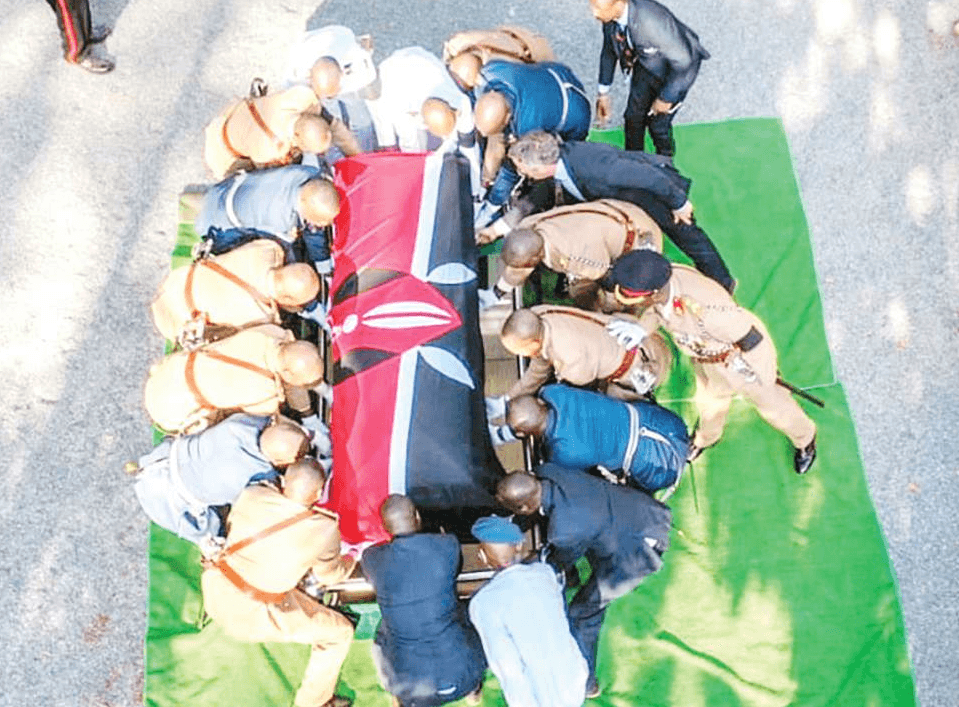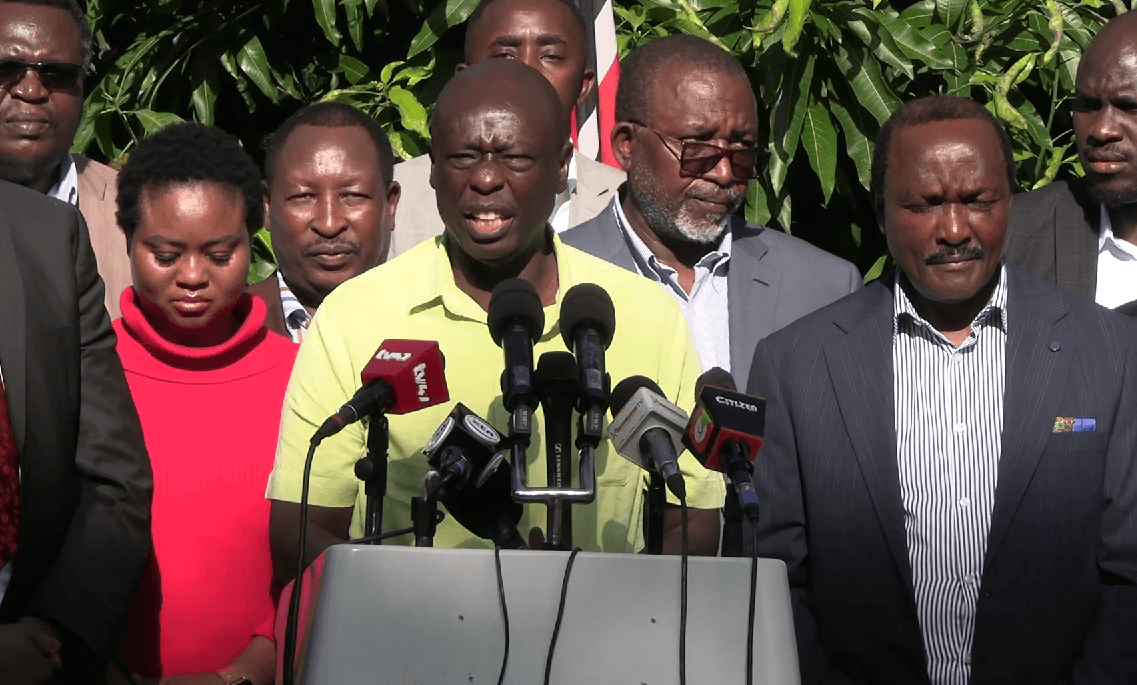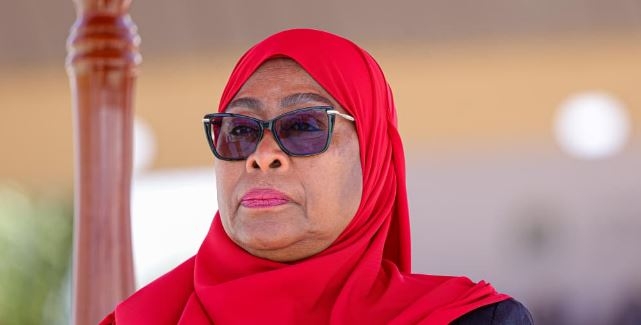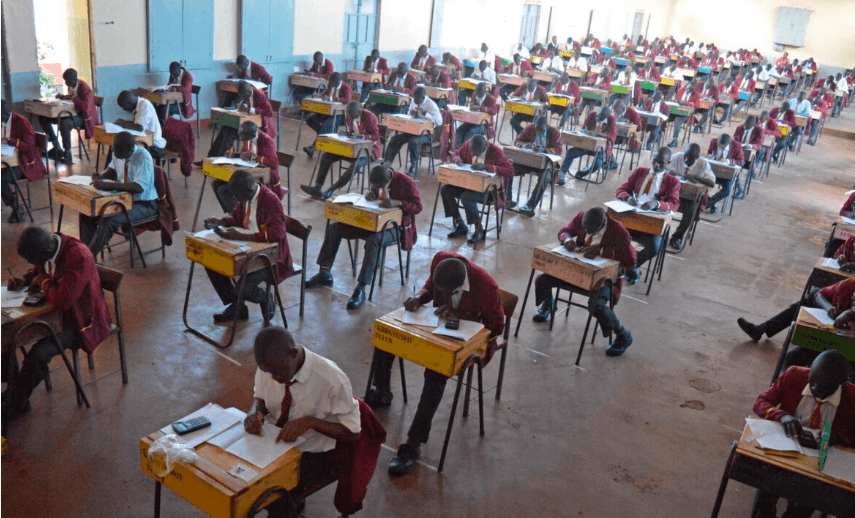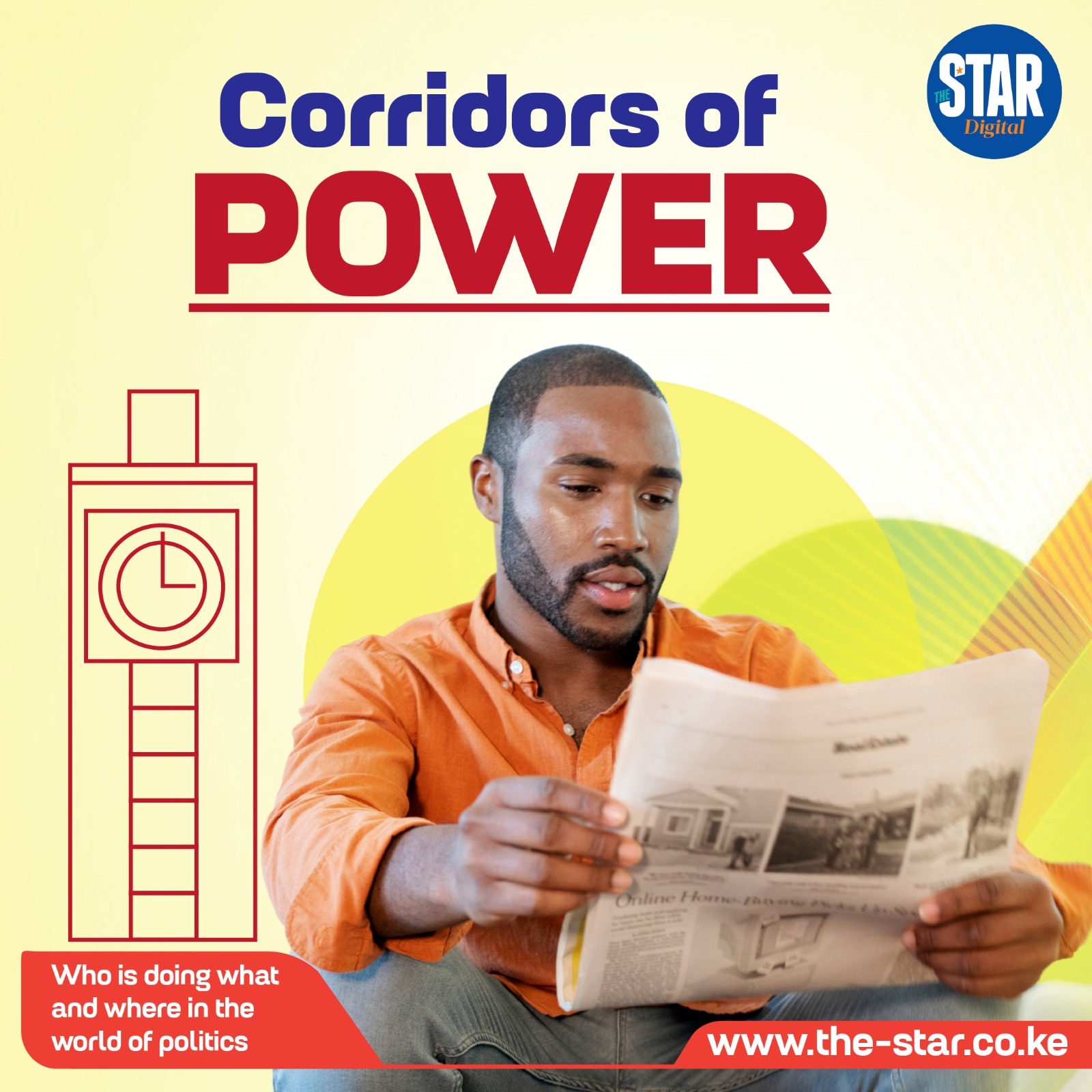A pilot project in the informal settlement of Mukuru, Nairobi, has demonstrated a cost-effective way to bring decent sanitation through simplified sewers.
The new approach was presented for the first time on Friday ahead of World Toilet Day, which was commemorated on Saturday.
It opens up new possibilities for better sanitation, which could benefit millions of Kenyans.
With the financial support of The One Foundation, Water and Sanitation for the Urban Poor laid more than 1000m of pipes, constructed 72 inspection chambers and connected 94 households to the sewer system, benefitting more than 4,000 residents who now have pour-flush toilets.
Prior to the intervention, most Mukuru residents relied either on shared pit latrines or pour-flush toilets which channelled waste through open drains to the nearby river.
Mukuru was declared a Special Planning Area in 2017, leading to the development of the Mukuru Integrated Development Plan.
MIDP consists of multiple sector plans to upgrade living standards and provide basic services in the settlement, which is home to approximately 650,000 people.
As part of the Mukuru SPA, a pilot project was implemented to improve water and sanitation services. The pilot was a partnership between Nairobi City Water and Sewerage Company, Nairobi Metropolitan Services, WSUP, Akiba Mashinani Trust and the community.
The project was aimed at finding alternative and complementary solutions for safe water and sanitation through the installation of pre-paid water dispensers and simplified sewer systems.
WSUP country manager Eng Eden Mati said there is no ‘one-size-fits-all’ solution to the sanitation challenge in urban slums.
“However, we now have strong evidence that simplified sewers are one of the answers. The prevalence of trunk sewer networks around many of our informal settlements in Kenya provides abundant untapped potential for the scale up of this solution," Mati said.
"Further challenges lie ahead, not least in securing the finance for extending the connections and developing appropriate infrastructure for sewage treatment, but I am hopeful these can be overcome.”
Simplified sewers are widely used in South America.
They use smaller, more flexible pipes laid at a shallower depth, making them quicker, easier, and cheaper to fix.
The sewers work best in cities that have an existing network of trunk sewers, as is the case in Nairobi. This allows waste from the new network to travel into the main sewer system to treatment facilities.
In addition to trunk sewers, other conditions required for simplified sewers to work include adequate water supply to support pour-flush toilets and strong community engagement to support operations and maintenance, including solid waste management and disposal.
Simplified sewers are suited to densely populated but well-structured settlements. Inspection chambers are provided every 30 metres to support network maintenance.
Customer satisfaction with the improved facilities was found to be high, and many also benefit from reduced prices.
Residents of Mukuru pay between Sh5 and Sh10 for single use of public latrines (amounting to Sh900 a month for a family of three), compared to Sh20 per month for simplified sewer services, assuming a plot of 10 households.
With an urbanisation rate of 4.5 per cent per annum, Kenya is one of the most rapidly urbanising countries in the world.
Access to improved sanitation facilities remains low at 31 per cent in urban areas, with 84 per cent of the Kenyan population dependent on onsite sanitation.
Nairobi, Kenya’s capital city has been experiencing particularly rapid urbanisation.
This growth is skewed towards the city’s densely populated informal settlements, which occupy 2.6 per cent of Nairobi’s land, but host 60 per cent of Nairobi’s population.
Informal settlements in Nairobi have historically lacked key infrastructure and basic services such as water, sewer connections and solid waste management.


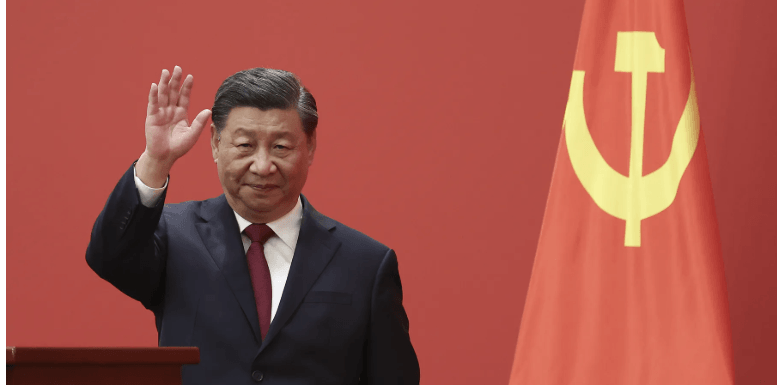
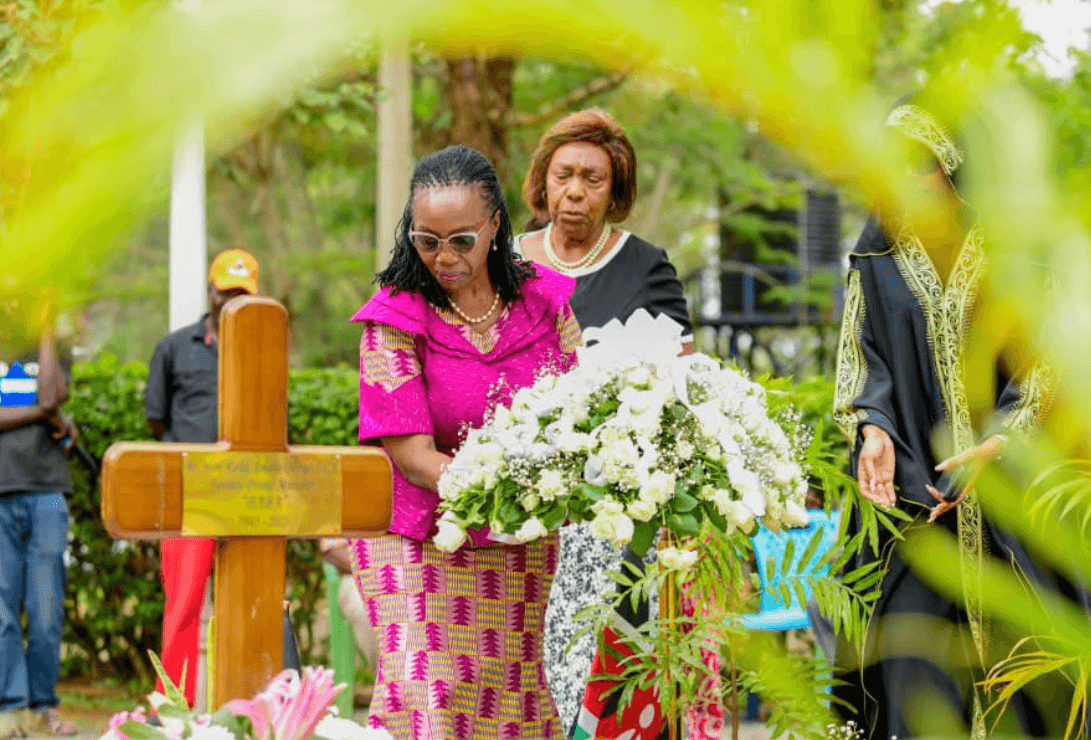
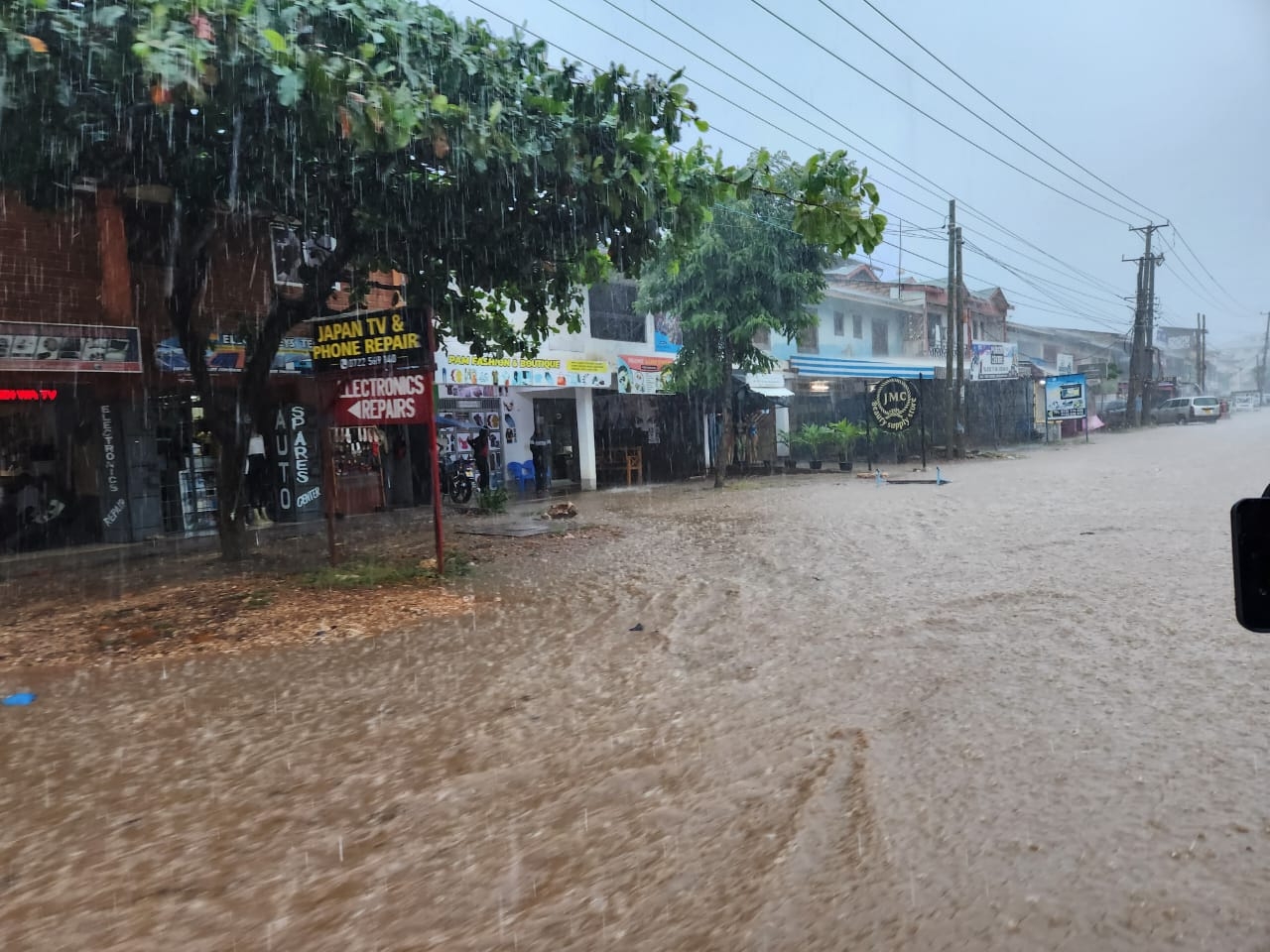
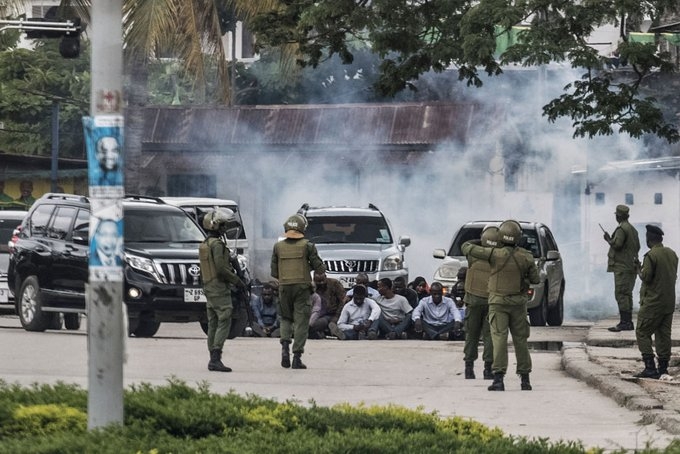
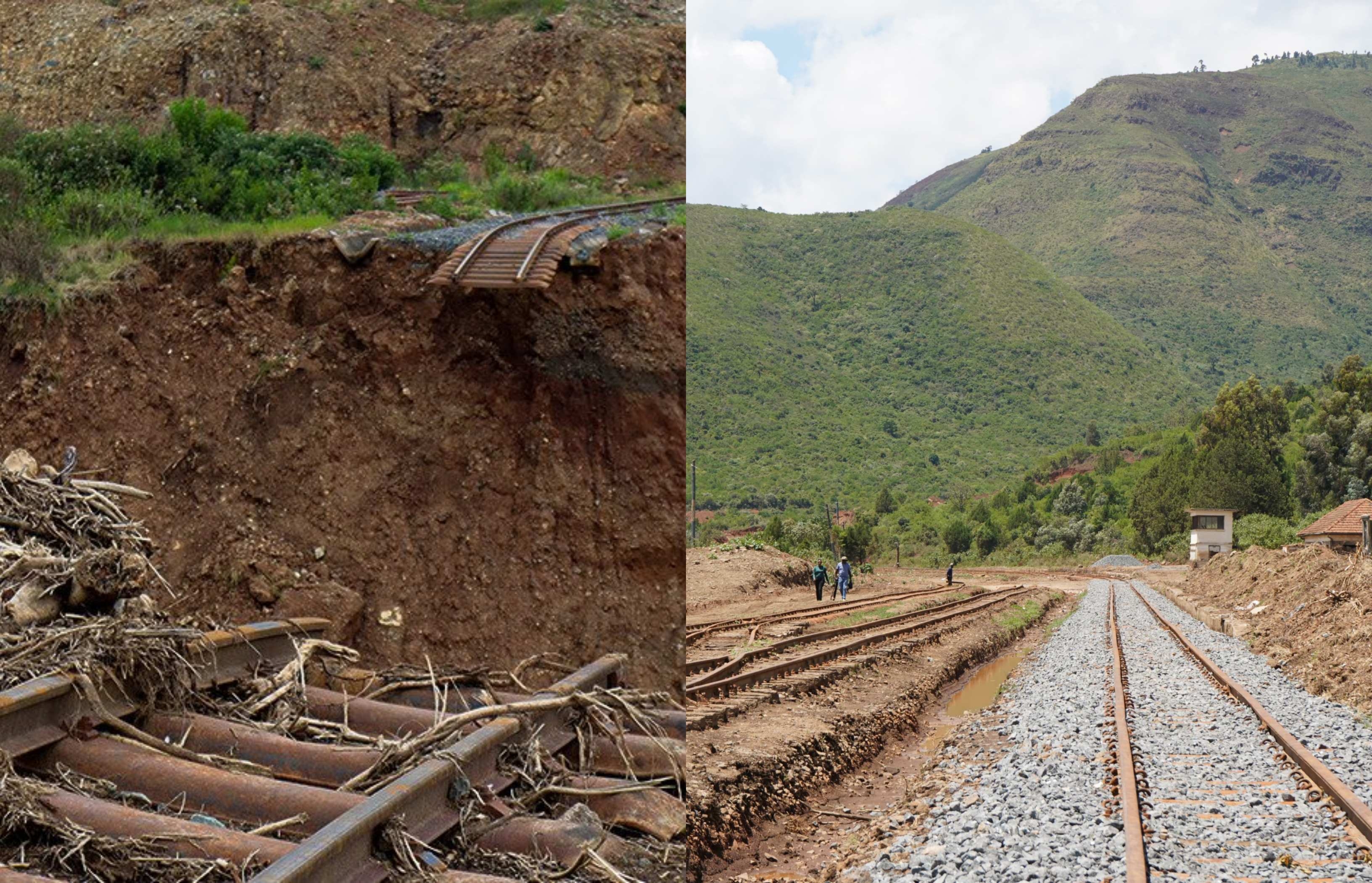

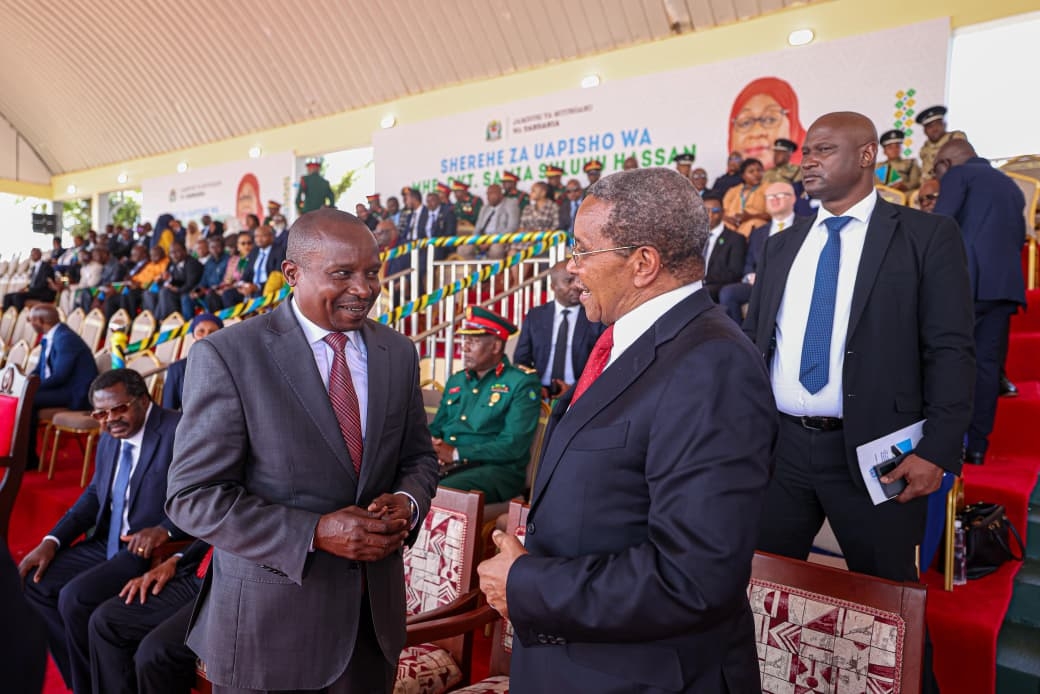
![[PHOTOS] How Suluhu’s swearing in went down](/_next/image?url=https%3A%2F%2Fcdn.radioafrica.digital%2Fimage%2F2025%2F11%2F9cbad8a5-9bff-410e-b157-a335c61d6d8d.jpg&w=3840&q=100)
